Driving accountability and performance at Holcim Australia and New Zealand
Construction materials supplier transforms planning and forecasting, saving hundreds of hours annually and unlocking new business insights
-
Solutions
Finance
-
Industry
Industrial Manufacturing
-
Platform capability
Data management & integrations
-
Share
As Holcim Australia and New Zealand expanded its construction materials business, the company needed better data and clearer insights from its financial planning processes. Holcim introduced Anaplan solutions to harmonize complex financial reporting and hasn’t looked back since. Today, Holcim has a single point of control for financial planning, forecasting, and consolidation using Anaplan, which improves efficiency, transparency, and accountability.
It is much easier to measure performance and improve accountability throughout the business using Anaplan.
240
hours saved preparing annual financial plans leaves more time for value-added work
72
hours saved annually on preparing corporate forecasts empowers decision-makers to take action sooner
Many organizations create homes, apartments, hospitals, schools, roads, and other projects with construction materials supplied by Holcim Australia and New Zealand. The company operates four main business units: aggregates (quarried material), ready-mix concrete, cement delivery, and precast concrete products. To keep operations running smoothly and profitably, Holcim relies on timely, accurate performance insights. Those insights start with business unit managers, who regularly submit rolling financial forecasts.
For years, earnings before interest and taxes (EBIT) forecasts and other key financial reports were created in spreadsheets. The process was labor-intensive and error-prone – and users often questioned the accuracy and validity of the data. “You’d end up with highly talented people worried about data integrity instead of focusing on performance and results,” recalls Holcim Chief Financial Officer Phil Wallace.
Company-wide processes get a makeover
Holcim initially deployed Anaplan solutions in 2018 with the goal of streamlining its profit and loss (P&L) forecasting activities. Impressed with the business value achieved in that initial use case, Holcim expanded its Anaplan implementation to standardize and automate key elements of EBIT forecasting and group-level financial planning activities.
Today, Anaplan is tightly integrated with the company’s Salesforce CRM and Qlik Sense analytics platforms, as well as the core SAP ERP system that is the principal data source for transactional data, budgets, and forecast. In addition to using Anaplan to track monthly and quarterly financial performance, Holcim also manages its annual and five-year budgeting processes via a scenario-based Anaplan model.
To achieve a real-time view of its consolidated financial position for Australia and New Zealand, the Holcim team created a single dashboard within Anaplan that enables executives to understand both group performance and the results of individual business units and joint ventures. “Anaplan is the holistic platform for us now,” says Annette Dal Pra, Commercial Finance and Data Analytics Manager. “We’ve got comparisons against prior year, prior forecast, group budget, and local stretch targets, all in the same dashboard.” These comparisons, together with waterfall charts, enable Dal Pra’s team and Holcim’s business unit managers to visualize the impact of changes in business drivers across all business units. Now, the business unit managers and financial planners can dive deeper into the performance of each unit and identify areas where the business could take action to drive company growth.
Connecting plans for company-wide insight
Holcim also offers its customers a one-stop shop to support major projects that leverage multiple business units – for example, a highway project that uses Holcim aggregates for the roadbed, poured concrete for the roadway itself, and precast concrete liners for tunnels. Because such major projects touch several business units – each of which conducted its own financial reporting in silos under the old solution – Holcim’s former systems were not able to easily track the financial results of major projects. “We’ve never had full P&L visibility on major projects because performance was essentially embedded within the results of the individual business units,” says Dal Pra.
With Anaplan, Holcim overcame that challenge by connecting data from the business units into a single model that spans the entire organization. “We’ve created a performance model for our major projects offering in Anaplan and gained true visibility into its P&L for the first time,” Dal Pra says. “In addition to providing new insights, this provides an important benchmark for future contracts.”
Creating a culture of transparency
By having simplified, streamlined financial planning and consolidation automated through Anaplan, the Holcim finance team saves around 240 hours annually on those tasks. Similarly, corporate forecasts are now completed faster than ever, saving the team another 72 hours annually.
What’s more, Holcim has released data from spreadsheets and put it into the hands of business users using the Anaplan platform. “We’ve empowered people to self-serve and assess business performance without finance having to prepare the numbers for them,” says Dal Pra. “At any time, our P&L managers can go in and understand their lag and lead indicators. We expect P&L managers to prepare their rolling forecasts themselves and be able to describe the business drivers that may be generating variances from previous forecasts and target.”
The improved data integrity and insight provided by Anaplan have been game-changers for Holcim. “Previously people simply didn’t have clear visibility or easy access to key financial data,” CFO Wallace explains. “Today, when we review forecasts, our executives can see all the relevant data in Anaplan. It is much easier to measure performance and improve accountability throughout the business using Anaplan.”
All of this is driving a cultural shift at Holcim and redefining the role of financial planning in the business. “The good work we’ve done in Anaplan has given the business confidence to really buy into the solution and the numbers that we deliver with it,” Dal Pra concludes. “Anaplan enables us to create a stronger culture of transparency, people empowerment, and accountability. Ultimately, this enables finance to be a better partner to the business.”



